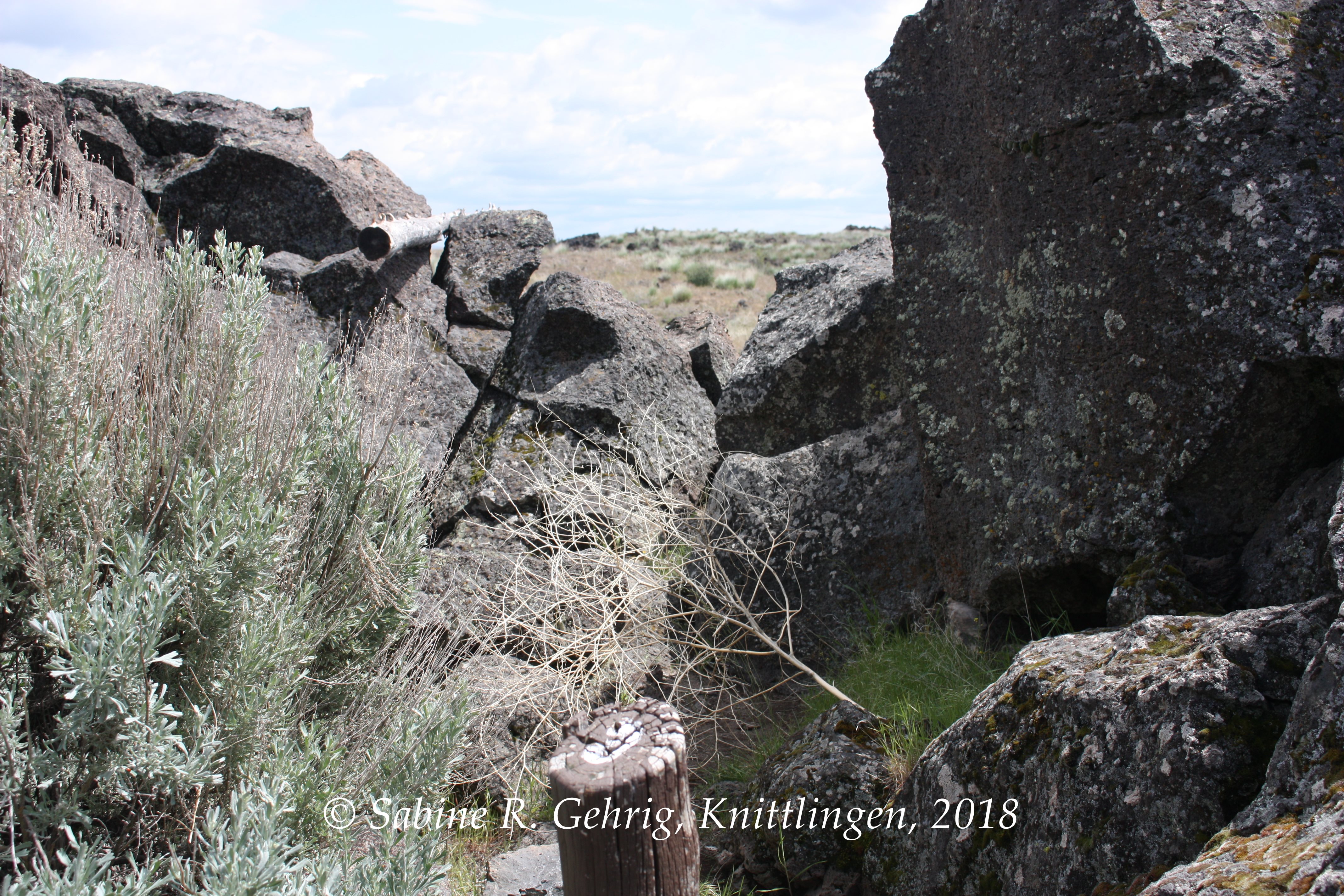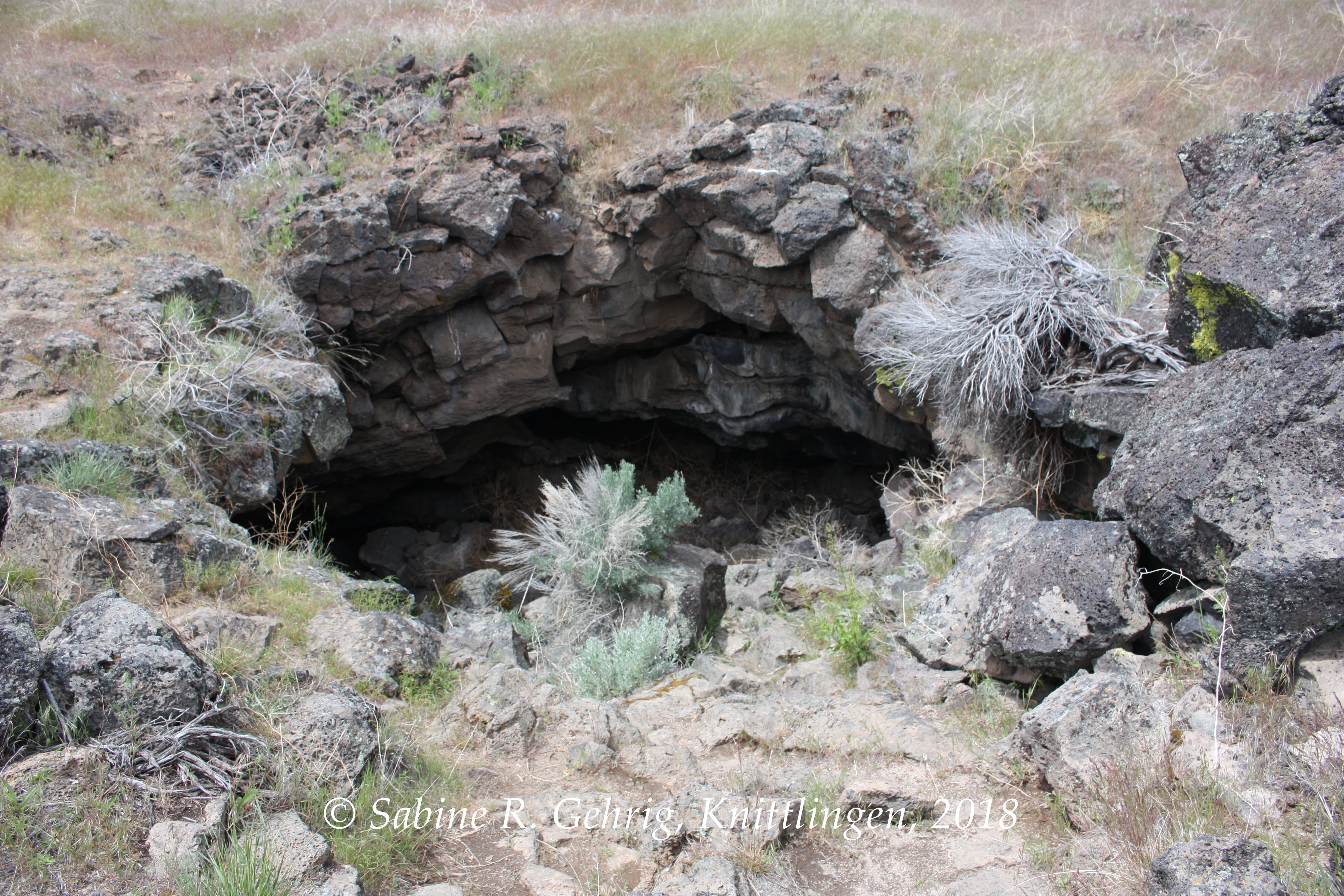Noch vor gut 100 Jahren bedeckte Tule Lake im Nordosten Kalifornien eine Fläche von 445 km². Über viele Jahrhunderte hatten die Modoc Indianer an seinen Ufern sowie an Lost River gelebt. Dann kamen Mitte des 19. Jahrhunderts weiße Siedler in das Gebiet und verdrängten die Indianer. Die Modoc wurden gezwungen mit den Klamath Indianern zusammen in deren Reservat weiter nördlich zu leben, was aber nicht gut ging. Im Sommer 1872 führte Captain Jack, mit indianischem Namen Keintpoos, ca. 50 Krieger und 150 weitere Personen zurück an den See. Die Modoc zogen sich in die Weiten der Lavafelder zurück, die gute Verstecke und natürliche Verteidigungsmöglich-keiten boten. Die weißen Siedler wollten das Land aber nicht aufgeben und riefen die Armee zu Hilfe, die im November mit Infanterie und Kavallerie, insgesamt ca. 1.000 Mann anrückte. Es kam zu mehreren Schlachten, die anfangs dank ihren besseren Ortskenntnis die Modoc gewannen. Es gab Friedensverhandlungen – aber erfolglos. Anfang Mai 1873 kam es zur letzten Schlacht, mit der die Modoc endgültig besiegt waren. Sie erhielten kein Land für ein Reservat, die Weißen ließen sich weiter hier nieder, entwässerten Anfang des 20. Jhd. Tule Lake (heutige Größe: ca. 53 km²) und nutzen die Flächen bis heute für die Landwirtschaft. Dies ist die Kurzfassung einer langen Geschichte.
English Summary
Resistance without success
About 100 years ago Tule Lake encompassed 110.000 acres in northeastern California. For many centuries the Modoc lived on the banks and in the Lost River valley. In the midst of the 19. Century white settlers came into the area and claimed the land theirs. The Modoc were sent further north to the Klamath Indian Reservation to with them. In summer 1872 Captain Jack, with his native name Keintpoos, left with about 50 warriors and some 150 people more the reservation and went back to their former homeland. The settlers won’t give up the land neither did the Modoc. The Army (about 1.000 men) was called to force the Modoc to leave – but they resisted. There were several battles mostly won by the Modoc due to their knowledge of the lave fields which were the perfect natural hiding place. Peace negotiations were not successful. In May 1873 the Modoc finally lost their fight for their homeland. They didn’t get land for a reservation, more settlers came, at the beginning of the 20. Century Tule Lake was drained to get more farmland (todays size of the Lake: about 13.000 acres) and the land is still used for agriculture. That’s a long story made very short.

Beobachtungsposten im Captain Jack’s Stronghold im Lava Beds National Monument, wo sich die Modoc während des Krieges versteckten / Captain Jack’s Stronghold in Lava Beds National Monument, the fortress of the Modoc during the war

Lava Beds National Monument – Captain Jack’s Stronghold: eine natürliche Verteidigunsgslinie zwischen den Lavafelsen / a natural defense line between the lava rocks

Lava Beds National Monument – Captain Jack’s Stronghold: eine natürliche Stelle zum Abfeuern / Firing Position

Lava Beds National Monument – Captain Jack’s Stronghold: der Unterschlupf, in dem Captain Jack mit Frau und Kind lebte. Den Felsen vor der Höhle nutzte er für seine Ansprachen an seine Krieger / Captain Jack’s Cave where he lived with his wife and daughter. The rock infront he used to address his warriors

Lava Beds National Monument: Schmetterling / Butterfly
0 Kommentare